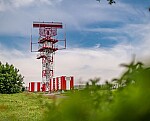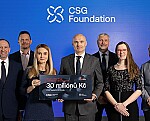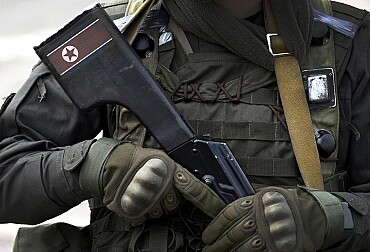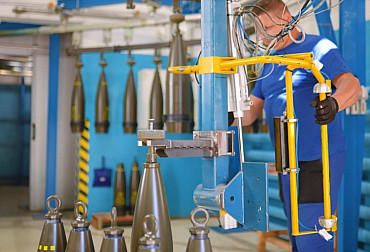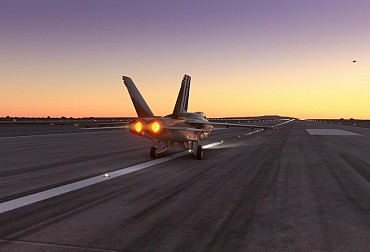China's stealthy upgrade: A budget T-90M alternative emerges from Norinco
A mysterious armored vehicle, recently spotted undergoing trials on the streets of Baotou, Inner Mongolia, has ignited a flurry of speculation and discussion across global defense forums and online platforms. Initial observations led many to believe it might be a new Russian main battle tank, possibly undergoing evaluation in China. However, closer inspection and subsequent analysis have revealed a far more intriguing story: a heavily modified T-72, a venerable Soviet-designed platform, reimagined by the Chinese defense giant Norinco.
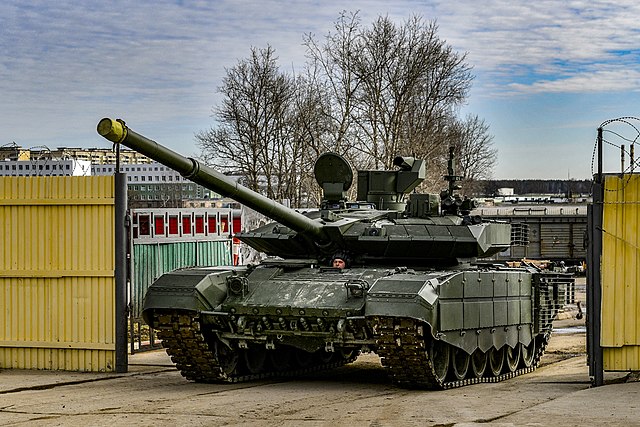
The footage, which rapidly circulated online, initially puzzled experts due to its unfamiliar silhouette combined with a distinctly T-72-like chassis. Yet, the turret, unlike any known Russian modernization of the T-72 (such as the T-72B3 or even the T-90M derivatives), showcased a design philosophy characteristic of contemporary Chinese armored vehicles. This unique hybrid points to a sophisticated upgrade package tailored by Norinco for specific export markets.
Dissecting the Design: A Fusion of Old and New
While the chassis retains the unmistakable silhouette of its Soviet ancestor, providing a familiar and robust base, the turret is where Norinco's ingenuity truly shines. It is a completely redesigned structure, exhibiting the angular, welded construction typical of Chinese tank design, moving away from the rounded cast turrets of older T-72s.
Key features observed on this new variant include:
- Advanced Armor Package: Prominently featured are FY-2 DZ (likely referring to the Chinese Explosive Reactive Armor series) units mounted on the turret. These modular ERA blocks, seemingly derived from or inspired by those found on the Type 96B, are designed to provide enhanced protection against tandem-charge anti-tank guided missiles and high-explosive anti-tank (HEAT) rounds, significantly boosting the tank's survivability.
- Remotely Controlled Weapon Station (RWS): Perched atop the turret is a remotely controlled weapon station, a modern feature that enhances crew safety and situational awareness by allowing the commander or gunner to operate a secondary weapon (typically a heavy machine gun) from within the protected confines of the vehicle. This RWS bears a striking resemblance to those found on Norinco's export-oriented MBT VT-4, suggesting a commonality in sub-systems and a commitment to modern capabilities.
- Improved Optics: While not definitively confirmed from the available imagery, the presence of a commander's thermal imaging sight on the roof is highly probable, aligning with modern tank design principles that prioritize all-weather, day/night combat capabilities and superior target acquisition.
- Main Armament: While specifics on the main armament remain undisclosed, it is highly probable the tank retains a derivative of the T-72's robust 125mm smoothbore cannon, possibly with compatibility for advanced Chinese ammunition to maximize its firepower against modern threats.
Strategic Export Play: A Budget-Friendly Powerhouse
As indicated by the Defense Blog, this comprehensive upgrade package has been developed with a clear strategic objective: to cater to export customers in Africa and Asia. This unique offering appears positioned to directly compete with more expensive modern tanks like the Russian T-90M by presenting a highly economical alternative to purchasing entirely new platforms.
Norinco, China's leading defense contractor and a prominent player in the global arms market, has identified a lucrative niche. Many nations operate aging fleets of Soviet-era armor, including T-72s, but lack the financial muscle for cutting-edge platforms such as the latest Western MBTs or even China's own high-end VT-4. This upgraded T-72 fills that gap, providing a significant leap in protection and firepower for a fraction of the cost of a brand-new tank. It allows these countries to modernize their armored forces effectively, leveraging existing logistics and maintenance infrastructure for their T-72 fleets, while significantly enhancing their combat capabilities.
Global Market Implications
The emergence of this upgraded T-72 variant underscores Norinco's ingenuity and its aggressive push into the international arms market. It also highlights a growing trend in the global arms market: the revitalization of legacy platforms to meet contemporary demands at a fraction of the cost of new builds. This "refurbish and upgrade" model provides a sustainable and economically viable solution for many defense budgets.
China's defense industry continues to expand its global footprint, offering a wide range of military hardware. By providing a compelling, cost-effective alternative to Russian and Western offerings in the tank market, Norinco is positioning itself as a formidable competitor. This T-72 upgrade not only showcases China's advanced integration capabilities but also its deep understanding of the diverse financial and operational needs of its potential customers worldwide.
As the global demand for affordable yet capable military hardware persists, Norinco's latest offering could very well redefine the options available to nations seeking to bolster their armored capabilities without breaking the bank. The mystery tank of Baotou is no longer a puzzle, but a testament to China's evolving role in the international defense landscape.



